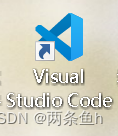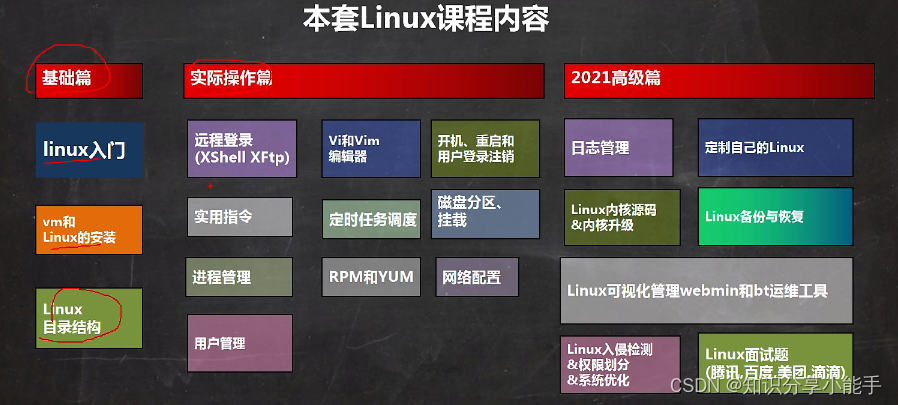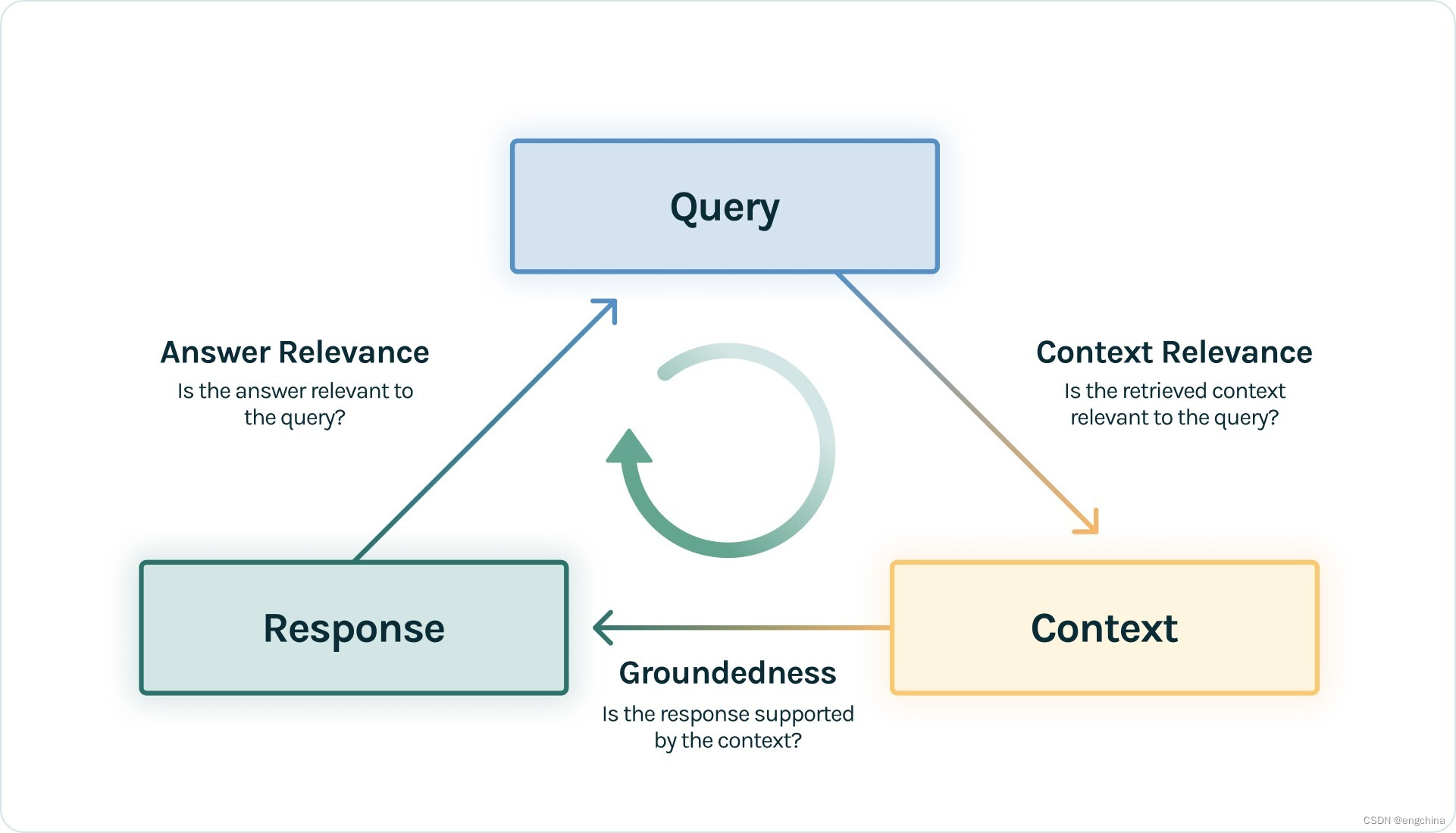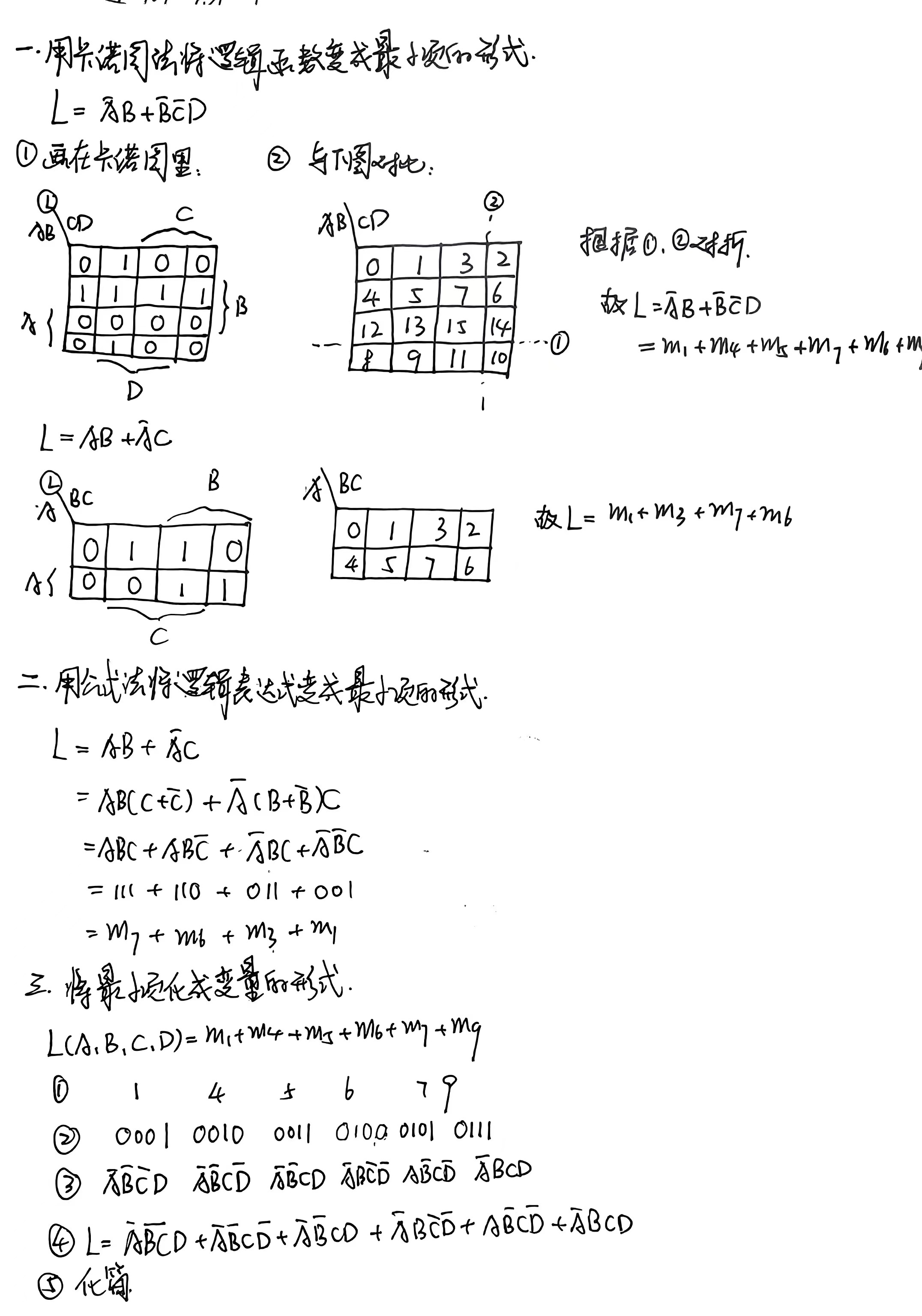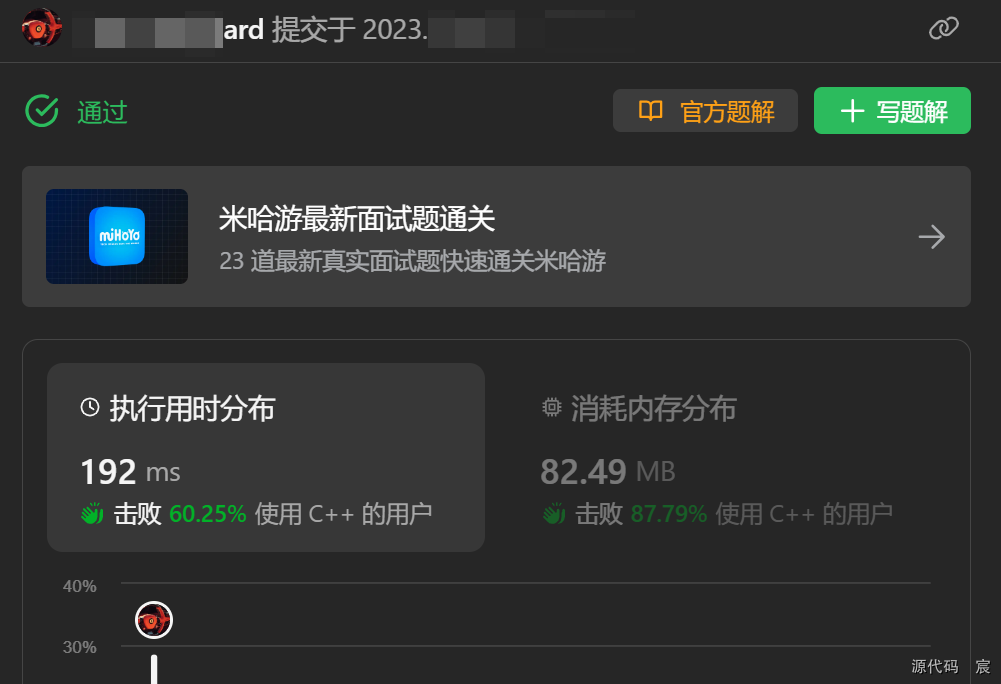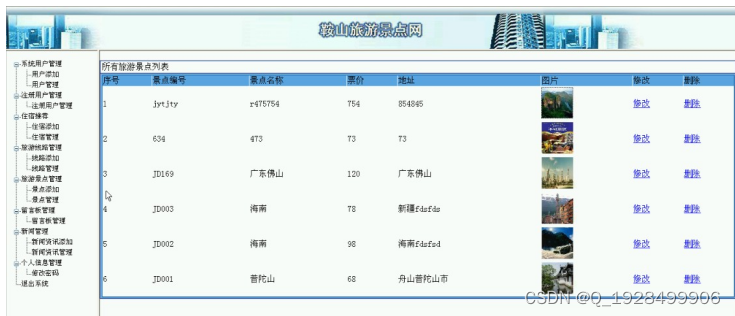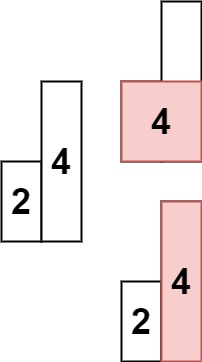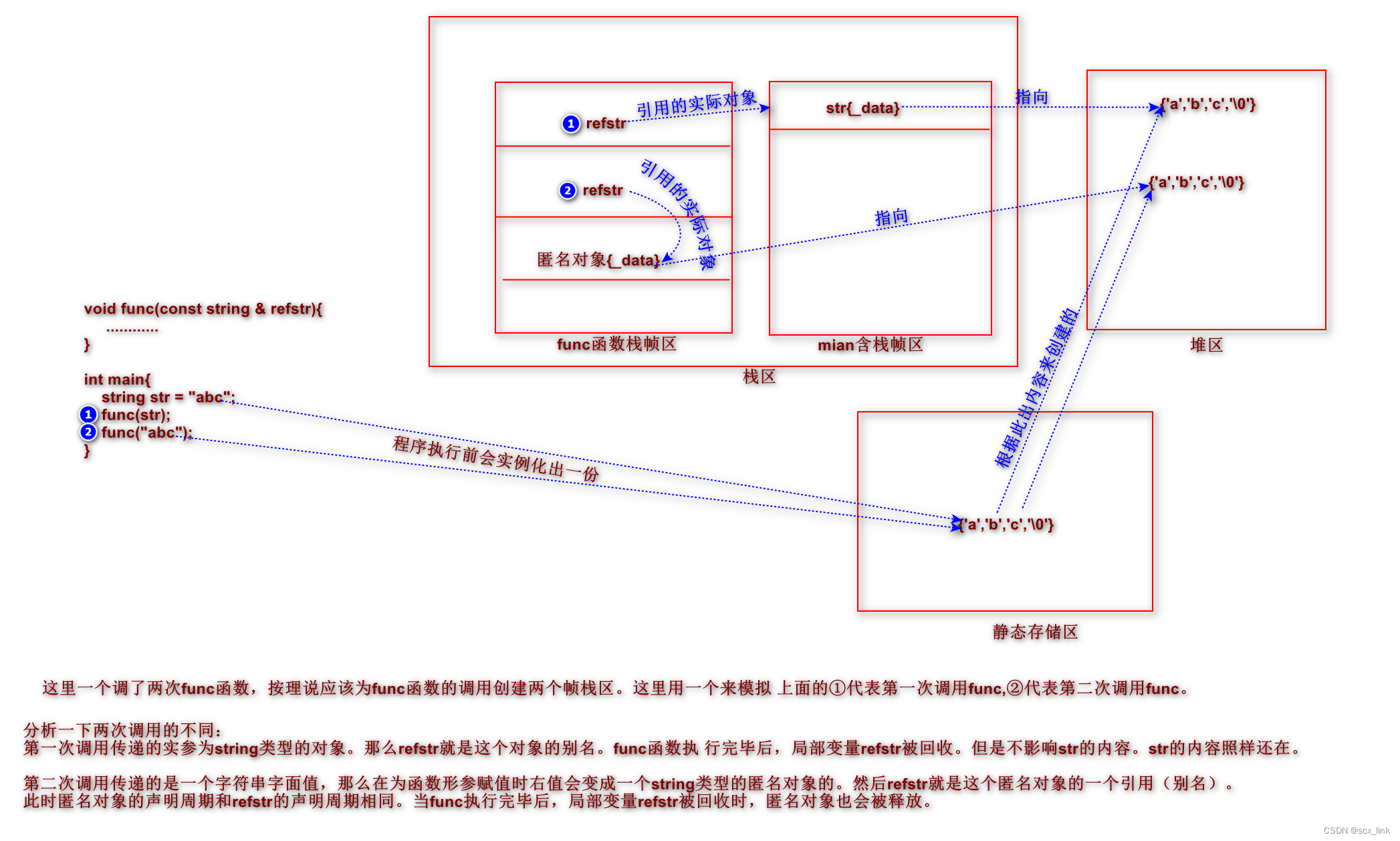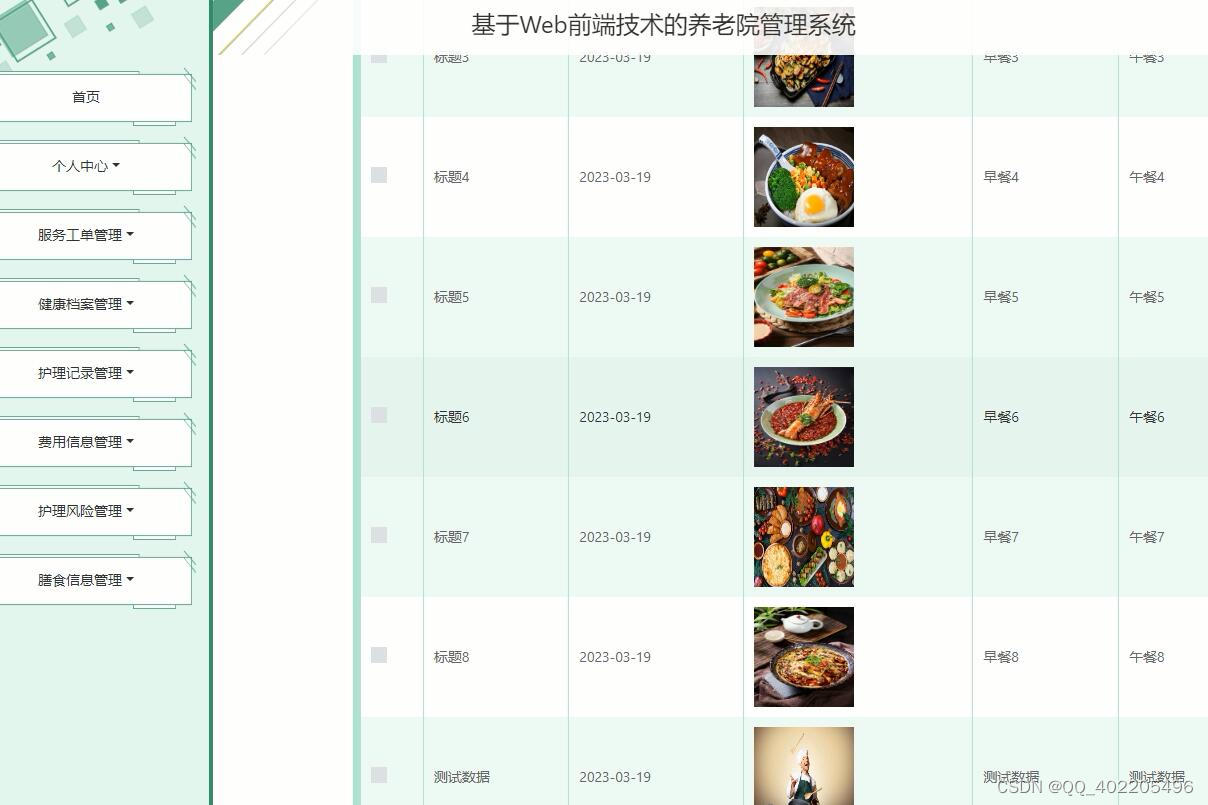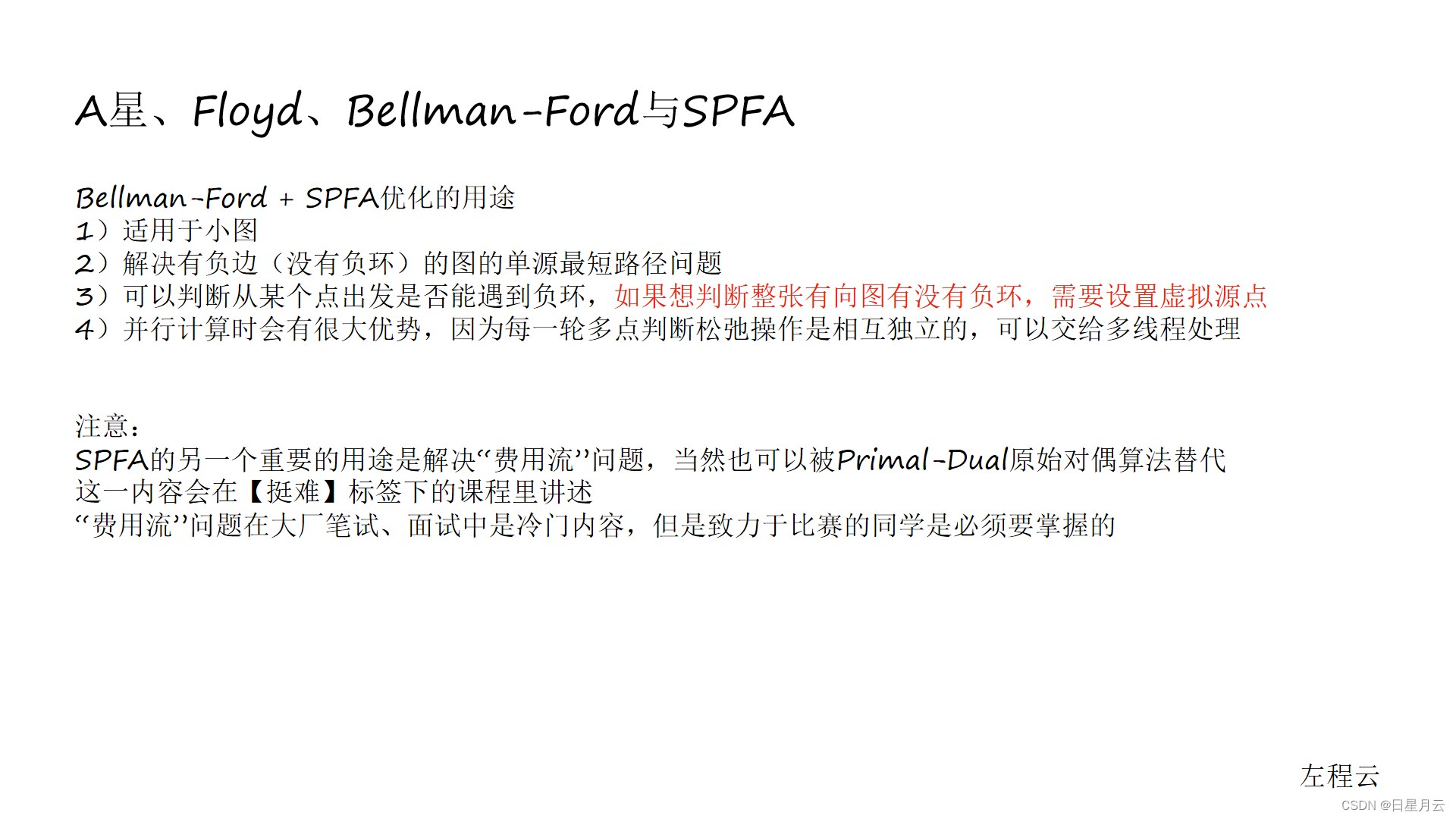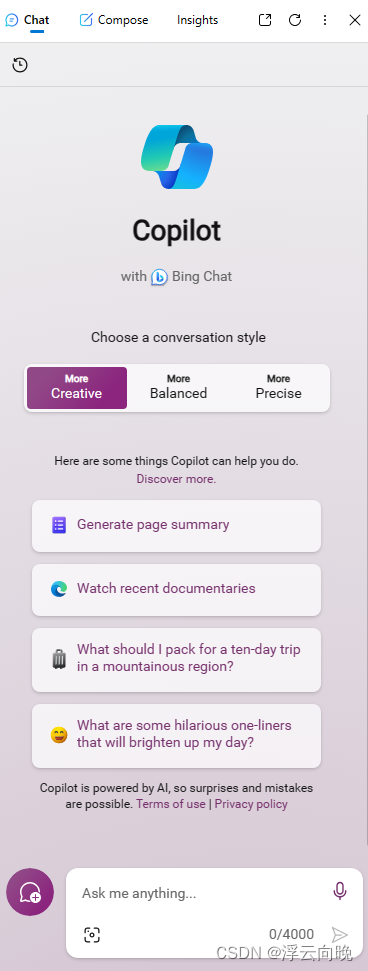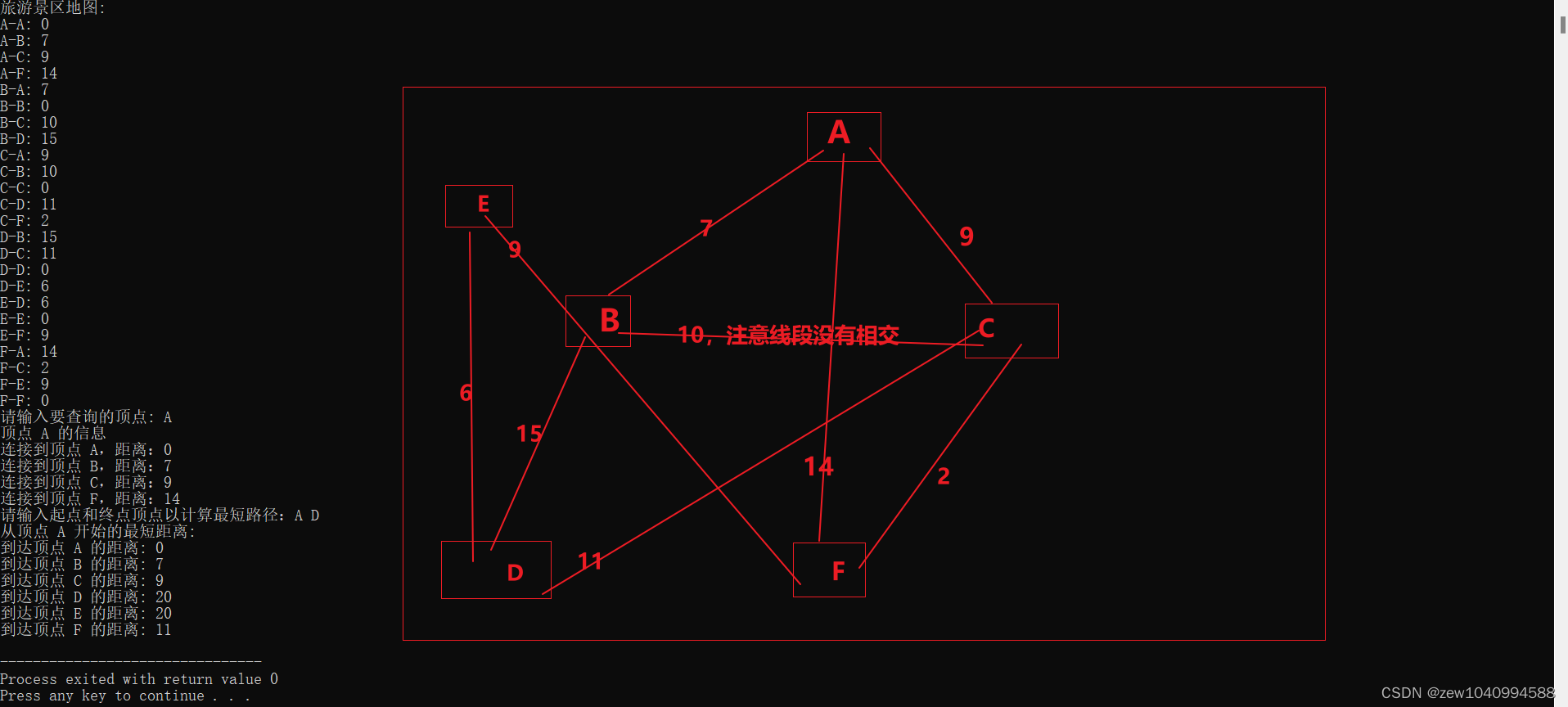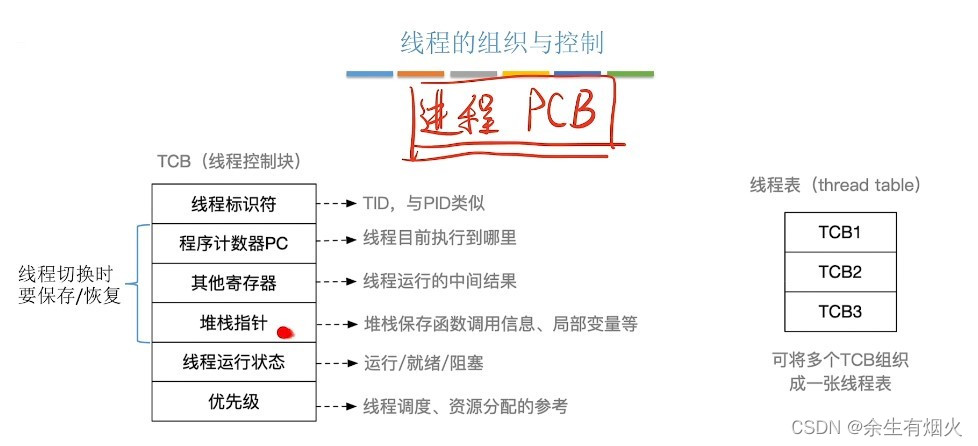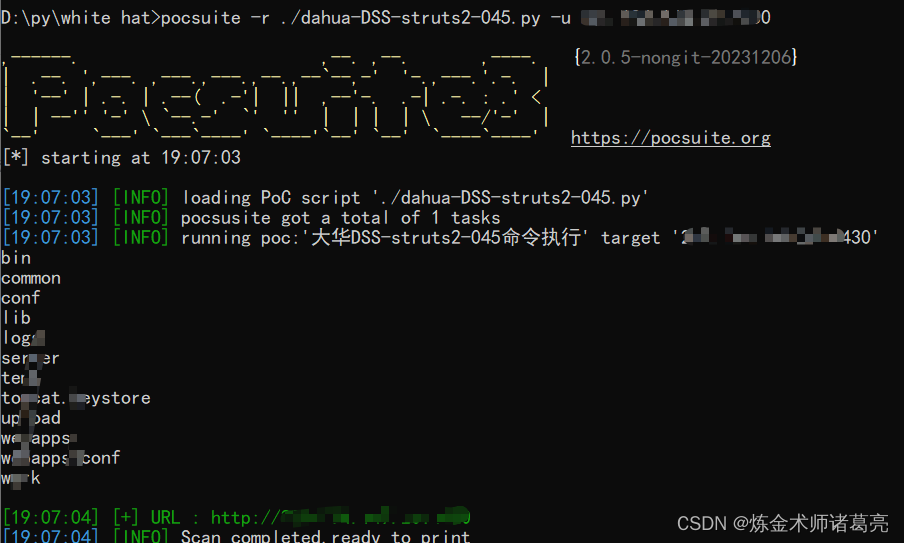背景
java中,常见的 Context 有很多, 例如: ServletContext, ActionContext, ServletActionContext, ApplicationContext, PageContext, SessionContext…
常见Context
熟悉spring是怎样在web容器中启动起来的。spring的启动过程其实就是其IoC容器的启动过程,对于web程序,IoC容器启动过程即是建立上下文的过程。
servletContext 是web应用程序的大环境,用于存储整个web应用程序级别的对象
- context就是“容器”,放的就是应用程序的所有资源,要用时候就访问它,所以context里面的东西,在同一个应用程序里面是全局的;web上下文可以看成web应用的运行环境,一般用context名字来修饰,里面保存了web应用相关的一些设置和全局变量
- ServletContext,是一个全局的储存信息的空间,服务器开始,其就存在,服务器关闭,其才释放。request,一个用户可有多个;session,一个用户一个;而servletContext,所有用户共用一个。所以,为了节省空间,提高效率,ServletContext中,要放必须的、重要的、所有用户需要共享的线程又是安全的一些信息
- JavaWeb中的上下文环境概念就是:一个web服务启动后的整个服务中的所有内存对象和他们之间的关系组成的一种环境
- Spring上下文(ApplicationContext)
- 方法一:ClassPathXmlApplicationContext(从classpath路径加载配置文件,创建Bean对象)
ApplicationContext ctx = new ClassPathXmlApplicationContext("classpath:applicationContext.xml");
ClassName clazz =(ClassName)ctx.getBean("beanName");
- 方法二:FileSystemXmlApplicationContext(从指定的目录中加载)
ApplicationContext ctx = new FileSystemXmlApplicationContext("src/applicationContext.xml");
ClassName clazz =(ClassName)ctx.getBean("beanName");
- 方法三:Spring提供的工具类WebApplicationContextUtils获取ApplicationContext对象(通过ServletContext对象获得ApplicationContext对象,然后根据它获得需要的类实例)
HttpSession session = request.getSession();
ServletContext context = session.getServletContext(); //arg0.getSession().getServletContext();
ApplicationContext ctx = WebApplicationContextUtils.getWebApplicationContext(context);
ClassName clazz = (ClassName)ctx.getBean("beanName");
- 方法四:继承自抽象类ApplicationObjectSupport
说明:抽象类ApplicationObjectSupport提供getApplicationContext()方法,可以方便的获取到ApplicationContext。
Spring初始化时,会通过该抽象类的setApplicationContext(ApplicationContext context)方法将ApplicationContext 对象注入。
import org.springframework.context.support.ApplicationObjectSupport;
public class ContextOne extends ApplicationObjectSupport
{
......
}
........
ContextOne one = new ContextOne();
one.getApplicationContext();
- 方法五:继承自抽象类WebApplicationObjectSupport
说明:类似上面方法,调用getWebApplicationContext()获取WebApplicationContext
import org.springframework.web.context.support.WebApplicationObjectSupport;
public class ContextOne extends WebApplicationObjectSupport {
.......
}
........
ContextOne one = new ContextOne();
one.getApplicationContext();
-方法六:实现接口ApplicationContextAware当一个类实现了ApplicationContextAware接口后,这个类就可以获得Spring配置文件中的所引用到的bean对象。说明:实现该接口的setApplicationContext(ApplicationContextcontext)方法,并保存ApplicationContext 对象。Spring初始化时,会通过该方法将ApplicationContext对象注入。
http://blog.csdn.net/kaiwii/article/details/6872642
import org.springframework.beans.BeansException;
import org.springframework.context.ApplicationContext;
import org.springframework.context.ApplicationContextAware;
//通过接口ApplicationContextAware获得spring上下文
public class Context implements ApplicationContextAware {
private static ApplicationContext ctx;
//设置ApplicationContext对象
public void setApplicationContext(ApplicationContext context)
throws BeansException {
// TODO Auto-generated method stub
ctx=context;
}
//通过beanName获得实例
public static Object getBean(String beanName)
{
return ctx.getBean(beanName);
}
}
Web中的Context
ServletContext
一个 WEB 运用程序只有一个 ServletContext 实例, 它是在容器(包括 JBoss, Tomcat 等)完全启动 WEB 项目之前被创建, 生命周期伴随整个 WEB 运用。
当在编写一个 Servlet 类的时候, 首先是要去继承一个抽象类 HttpServlet, 然后可以直接通过 getServletContext() 方法来获得 ServletContext 对象。
这是因为 HttpServlet 类中实现了 ServletConfig 接口, 而 ServletConfig 接口中维护了一个 ServletContext 的对象的引用。
利用 ServletContext 能够获得 WEB 运用的配置信息, 实现在多个 Servlet 之间共享数据等。
<?xml version="1.0" encoding="UTF-8"?>
<context-param>
<param-name>url</param-name>
<param-value>jdbc:oracle:thin:@localhost:1521:ORC</param-value>
</context-param>
<context-param>
<param-name>username</param-name>
<param-value>scott</param-value>
</context-param>
<context-param>
<param-name>password</param-name>
<param-value>tigger654321</param-value>
</context-param>
<servlet>
<servlet-name>ConnectionServlet</servlet-name>
<servlet-class>net.yeah.fancydeepin.servlet.ConnectionServlet</servlet-class>
</servlet>
<servlet-mapping>
<servlet-name>ConnectionServlet</servlet-name>
<url-pattern>/ConnectionServlet.action</url-pattern>
</servlet-mapping>
<servlet>
<servlet-name>PrepareConnectionServlet</servlet-name>
<servlet-class>net.yeah.fancydeepin.servlet.PrepareConnectionServlet</servlet-class>
</servlet>
<servlet-mapping>
<servlet-name>PrepareConnectionServlet</servlet-name>
<url-pattern>/PrepareConnectionServlet.action</url-pattern>
</servlet-mapping>
</web-app>
package net.yeah.fancydeepin.servlet;
import java.io.IOException;
import javax.servlet.ServletContext;
import javax.servlet.ServletException;
import javax.servlet.http.HttpServlet;
import javax.servlet.http.HttpServletRequest;
import javax.servlet.http.HttpServletResponse;
public class PrepareConnectionServlet extends HttpServlet {
private static final long serialVersionUID = 1L;
public void init() throws ServletException {
ServletContext context = getServletContext();
String url = context.getInitParameter("url");
String username = context.getInitParameter("username");
String password = context.getInitParameter("password");
context.setAttribute("url", url);
context.setAttribute("username", username);
context.setAttribute("password", password);
}
protected void doGet(HttpServletRequest request,HttpServletResponse response)throws ServletException,IOException{
doPost(request, response);
}
protected void doPost(HttpServletRequest request, HttpServletResponse response) throws ServletException, IOException {
response.sendRedirect("ConnectionServlet.action");
}
}
package net.yeah.fancydeepin.servlet;
import java.io.IOException;
import javax.servlet.ServletContext;
import javax.servlet.ServletException;
import javax.servlet.ServletRequest;
import javax.servlet.ServletResponse;
import javax.servlet.http.HttpServlet;
public class ConnectionServlet extends HttpServlet {
private static final long serialVersionUID = 1L;
public void service(ServletRequest request, ServletResponse response) throws ServletException, IOException {
ServletContext context = getServletContext();
System.out.println("***************************************");
System.out.println("URL: " + context.getAttribute("url"));
System.out.println("Username: " + context.getAttribute("username"));
System.out.println("Password: " + context.getAttribute("password"));
System.out.println("***************************************");
super.service(request, response);
}
}
当访问 PrepareConnectionServlet.action 时, 后台打印输出:
***********************************************
URL: jdbc:oracle:thin:@localhost:1521:ORC
Username: scott
Password: 654321
***********************************************
ActionContext
ActionContext 是当前 Action 执行时的上下文环境, ActionContext 中维护了一些与当前 Action 相关的对象的引用, 如: Parameters (参数), Session (会话), ValueStack (值栈), Locale (本地化信息) 等。
在 Struts1 时期, Struts1 的 Action 与 Servlet API 和 JSP 技术的耦合度都很紧密, 属于一个侵入式框架:
public ActionForward execute(ActionMapping mapping,ActionForm form,HttpServletRequest request,HttpServletResponse response){
// TODO Auto-generated method stub
return null;
}
到了 Struts2 时期, Struts2 的体系结构与 Struts1 之间存在很大的不同。Struts2 在 Struts1 的基础上与 WebWork 进行了整合, 成为了一个全新的框架。
在 Struts2 里面, 则是通过 WebWork 来将与 Servlet 相关的数据信息转换成了与 Servlet API 无关的对象, 即 ActionContext 对象。
这样就使得了业务逻辑控制器能够与 Servlet API 分离开来。另外, 由于 Struts2 的 Action 是每一次用户请求都产生一个新的实例, 因此, ActionContext 不存在线程安全问题, 可以放心使用。
package net.yeah.fancydeepin.action;
import java.util.Map;
import com.opensymphony.xwork2.ActionContext;
import com.opensymphony.xwork2.ActionSupport;
import com.opensymphony.xwork2.util.ValueStack;
public class ContextAction extends ActionSupport {
private static final long serialVersionUID = 1L;
private String username;
private String password;
public String execute(){
ActionContext context = ActionContext.getContext();
ValueStack value = context.getValueStack();
value.set("username", username);
value.set("password", password);
Map<String, Object> session = context.getSession();
session.put("url", "http://www.blogjava.net/fancydeepin");
return SUCCESS;
}
public void setUsername(String username) {
this.username = username;
}
public void setPassword(String password) {
this.password = password;
}
}
<s:property value="username"/><BR>
<s:property value="password"/><BR>
<s:property value="#session.url"/><BR>
当访问 context.action 并传给相应的参数的时候, 在浏览器中会输出相应的信息。
留意到上面 Struts2 的 Action 中并有没添加属性的 getting 方法, 而是手动的将参数值放到值栈(ValueStack)中的, 否则页面是得不到参数来输出的。
ServletActionContext
首先, ServletActionContext 是 ActionContext 的一个子类。ServletActionContext 从名字上来看, 意味着它与 Servlet API 紧密耦合。
ServletActionContext 的构造子是私有的, 主要是提供了一些静态的方法, 可以用来获取: ActionContext, ActionMapping, PageContext,
HttpServletRequest, HttpServletResponse, ServletContext, ValueStack, HttpSession 对象的引用。
public String execute(){
//或 implements ServletRequestAware
HttpServletRequest request = ServletActionContext.getRequest();
//或 implements ServletResponseAware
HttpServletResponse response = ServletActionContext.getResponse();
//或 implements SessionAware
HttpSession session = request.getSession();
//或 implements ServletContextAware
ServletContext context = ServletActionContext.getServletContext();
return SUCCESS;
}
DispatcherServlet
作用
DispatcherServlet是前端控制器设计模式的实现,提供Spring Web MVC的集中访问点,而且负责职责的分派,而且与Spring IoC容器无缝集成,从而可以获得Spring的所有好处。
DispatcherServlet主要用作职责调度工作,本身主要用于控制流程,主要职责如下:
- 文件上传解析,如果请求类型是multipart将通过MultipartResolver进行文件上传解析;
- 通过HandlerMapping,将请求映射到处理器(返回一个HandlerExecutionChain,它包括一个处理器、多个HandlerInterceptor拦截器);
- 通过HandlerAdapter支持多种类型的处理器(HandlerExecutionChain中的处理器);
- 通过ViewResolver解析逻辑视图名到具体视图实现;
- 本地化解析;
- 渲染具体的视图等;
- 如果执行过程中遇到异常将交给HandlerExceptionResolver来解析。
从以上我们可以看出DispatcherServlet主要负责流程的控制(而且在流程中的每个关键点都是很容易扩展的)。
web.xml配置
<servlet>
<servlet-name>chapter2</servlet-name>
<servlet-class>org.springframework.web.servlet.DispatcherServlet</servlet-class>
<load-on-startup>1</load-on-startup>
</servlet>
<servlet-mapping>
<servlet-name>chapter2</servlet-name>
<url-pattern>/</url-pattern>
</servlet-mapping>
- load-on-startup:表示启动容器时初始化该Servlet;
- url-pattern:表示哪些请求交给Spring Web MVC处理, “/” 是用来定义默认servlet映射的。也可以如“*.html”表示拦截所有以html为扩展名的请求。
- 该DispatcherServlet默认使用WebApplicationContext作为上下文,Spring默认配置文件为“/WEB-INF/[servlet名字]-servlet.xml”。
还可以使用初始化参数的构造配置:
<servlet>
<servlet-name>chapter2</servlet-name>
<servlet-class>org.springframework.web.servlet.DispatcherServlet</servlet-class>
<load-on-startup>1</load-on-startup>
<init-param>
<param-name>contextConfigLocation</param-name>
<param-value>classpath:spring-servlet-config.xml</param-value>
</init-param>
</servlet>
如果使用如上配置,Spring Web MVC框架将加载“classpath:spring-servlet-config.xml”来进行初始化上下文而不是“/WEB-INF/[servlet名字]-servlet.xml”。
上下文关系
集成Web环境的通用配置:
<context-param>
<param-name>contextConfigLocation</param-name>
<param-value>
classpath:spring-common-config.xml,
classpath:spring-budget-config.xml
</param-value>
</context-param>
<listener>
<listener-class>org.springframework.web.context.ContextLoaderListener</listener-class>
</listener>
如上配置是Spring集成Web环境的通用配置;一般用于加载除Web层的Bean(如DAO、Service等),以便于与其他任何Web框架集成。
contextConfigLocation:表示用于加载Bean的配置文件;
contextClass:表示用于加载Bean的ApplicationContext实现类,默认WebApplicationContext。
创建完毕后会将该上下文放在ServletContext:
servletContext.setAttribute(
WebApplicationContext.ROOT_WEB_APPLICATION_CONTEXT_ATTRIBUTE,this.context);
ContextLoaderListener
初始化的上下文和DispatcherServlet初始化的上下文关系如下图:
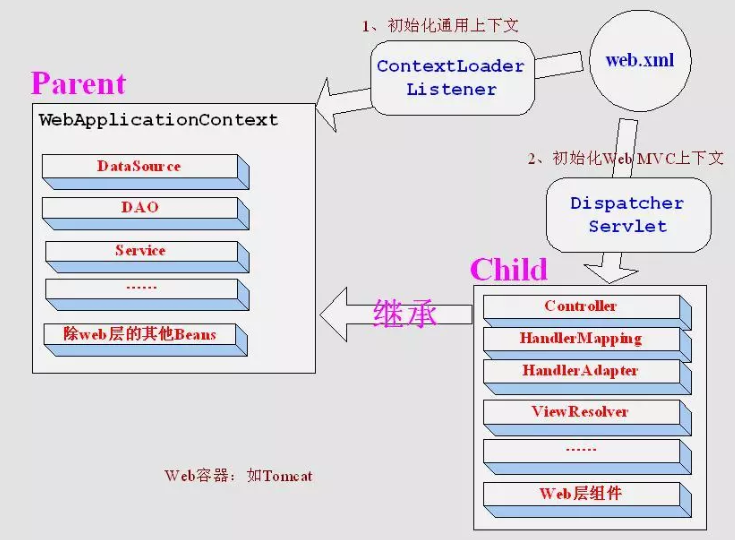
ContextLoaderListener初始化的上下文加载的Bean是对于整个应用程序共享的,不管是使用什么表现层技术,一般如DAO层、Service层Bean;
DispatcherServlet初始化的上下文加载的Bean是只对Spring Web MVC有效的Bean,如Controller、HandlerMapping、HandlerAdapter等等,该初始化上下文应该只加载Web相关组件。
DispatcherServlet初始化的过程主要做了两件事情:
- 初始化Spring Web MVC使用的Web上下文,并且可能指定父容器为(ContextLoaderListener加载了根上下文);
- 初始化DispatcherServlet使用的策略,如HandlerMapping、HandlerAdapter等。
spring 上下文和spring mvc上下文和web应用上下文servletContext之间的关系
spring的启动是建筑在servlet容器之上的,所有web工程的初始位置就是web.xml,它配置了servlet的上下文(context)和监听器(Listener),下面就来看看web.xml里面的配置:
<!--上下文监听器,用于监听servlet的启动过程-->
<listener>
<description>ServletContextListener</description>
<!--这里是自定义监听器,个性化定制项目启动提示-->
<listener-class>com.trace.app.framework.listeners.ApplicationListener</listener-class>
</listener>
<!--dispatcherServlet的配置,这个servlet主要用于前端控制,这是springMVC的基础-->
<servlet>
<servlet-name>service_dispatcher</servlet-name>
<servlet-class>org.springframework.web.servlet.DispatcherServlet</servlet-class>
<init-param>
<param-name>contextConfigLocation</param-name>
<param-value>/WEB-INF/spring/services/service_dispatcher-servlet.xml</param-value>
</init-param>
<load-on-startup>1</load-on-startup>
</servlet>
<!--spring资源上下文定义,在指定地址找到spring的xml配置文件-->
<context-param>
<param-name>contextConfigLocation</param-name>
<param-value>/WEB-INF/spring/application_context.xml</param-value>
</context-param>
<!--spring的上下文监听器-->
<listener>
<listener-class>
org.springframework.web.context.ContextLoaderListener
</listener-class>
</listener>
<!--Session监听器,Session作为公共资源存在上下文资源当中,这里也是自定义监听器-->
<listener>
<listener-class>
com.trace.app.framework.listeners.MySessionListener
</listener-class>
</listener>
1. spring的上下文监听器
<context-param>
<param-name>contextConfigLocation</param-name>
<param-value>/WEB-INF/spring/application_context.xml</param-value>
</context-param>
<listener>
<listener-class>
org.springframework.web.context.ContextLoaderListener
</listener-class>
</listener>
spring的启动其实就是IOC容器的启动过程,通过上述的第一段配置是初始化上下文,然后通过后一段的的来加载配置文件,其中调用的spring包中的ContextLoaderListener这个上下文监听器,ContextLoaderListener是一个实现了ServletContextListener接口的监听器,他的父类是 ContextLoader,在启动项目时会触发contextInitialized上下文初始化方法。下面我们来看看这个方法:
public void contextInitialized(ServletContextEvent event) {
initWebApplicationContext(event.getServletContext());
}
可以看到,这里是调用了父类ContextLoader的initWebApplicationContext(event.getServletContext());方法,很显然,这是对ApplicationContext的初始化方法,也就是到这里正是进入了springIOC的初始化。
接下来再来看看initWebApplicationContext又做了什么工作,先看看代码:
if (servletContext.getAttribute(WebApplicationContext.ROOT_WEB_APPLICATION_CONTEXT_ATTRIBUTE) != null) {
throw new IllegalStateException(
"Cannot initialize context because there is already a root application context present - " +
"check whether you have multiple ContextLoader* definitions in your web.xml!");
}
Log logger = LogFactory.getLog(ContextLoader.class);
servletContext.log("Initializing Spring root WebApplicationContext");
if (logger.isInfoEnabled()) {
logger.info("Root WebApplicationContext: initialization started");
}
long startTime = System.currentTimeMillis();
try {
// Store context in local instance variable, to guarantee that
// it is available on ServletContext shutdown.
if (this.context == null) {
this.context = createWebApplicationContext(servletContext);
}
if (this.context instanceof ConfigurableWebApplicationContext) {
ConfigurableWebApplicationContext cwac = (ConfigurableWebApplicationContext) this.context;
if (!cwac.isActive()) {
// The context has not yet been refreshed -> provide services such as
// setting the parent context, setting the application context id, etc
if (cwac.getParent() == null) {
// The context instance was injected without an explicit parent ->
// determine parent for root web application context, if any.
ApplicationContext parent = loadParentContext(servletContext);
cwac.setParent(parent);
}
configureAndRefreshWebApplicationContext(cwac, servletContext);
}
}
servletContext.setAttribute(WebApplicationContext.ROOT_WEB_APPLICATION_CONTEXT_ATTRIBUTE, this.context);
ClassLoader ccl = Thread.currentThread().getContextClassLoader();
if (ccl == ContextLoader.class.getClassLoader()) {
currentContext = this.context;
}
else if (ccl != null) {
currentContextPerThread.put(ccl, this.context);
}
if (logger.isDebugEnabled()) {
logger.debug("Published root WebApplicationContext as ServletContext attribute with name [" +
WebApplicationContext.ROOT_WEB_APPLICATION_CONTEXT_ATTRIBUTE + "]");
}
if (logger.isInfoEnabled()) {
long elapsedTime = System.currentTimeMillis() - startTime;
logger.info("Root WebApplicationContext: initialization completed in " + elapsedTime + " ms");
}
return this.context;
}
catch (RuntimeException ex) {
logger.error("Context initialization failed", ex);
servletContext.setAttribute(WebApplicationContext.ROOT_WEB_APPLICATION_CONTEXT_ATTRIBUTE, ex);
throw ex;
}
catch (Error err) {
logger.error("Context initialization failed", err);
servletContext.setAttribute(WebApplicationContext.ROOT_WEB_APPLICATION_CONTEXT_ATTRIBUTE, err);
throw err;
}
这个方法还是有点长的,其实仔细看看,除去异常错误处理,这个方法主要做了三件事:
- 创建WebApplicationContext。
- 加载对应的spring配置文件中的Bean。
- 将WebApplicationContext放入ServletContext(Java Web的全局变量)中。
上述代码中createWebApplicationContext(servletContext)方法即是完成创建WebApplicationContext工作,也就是说这个方法创建了上下文对象,支持用户自定义上下文对象,但必须继承ConfigurableWebApplicationContext,而Spring MVC默认使用ConfigurableWebApplicationContext作为ApplicationContext(它仅仅是一个接口)的实现。
再往下走,有一个方法configureAndRefreshWebApplicationContext就是用来加载spring配置文件中的Bean实例的。这个方法于封装ApplicationContext数据并且初始化所有相关Bean对象。它会从web.xml中读取名为 contextConfigLocation的配置,这就是spring xml数据源设置,然后放到ApplicationContext中,最后调用传说中的refresh方法执行所有Java对象的创建。
最后完成ApplicationContext创建之后就是将其放入ServletContext中,注意它存储的key值常量。
servletContext.setAttribute(WebApplicationContext.ROOT_WEB_APPLICATION_CONTEXT_ATTRIBUTE, this.context);
总结来说如下图:
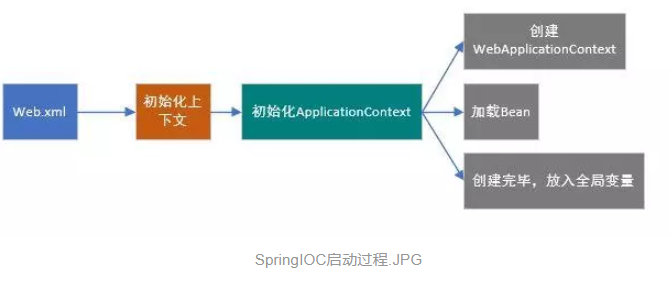
2.SpringMVC的启动过程
web.xml的相关配置:
<servlet>
<servlet-name>service_dispatcher</servlet-name>
<servlet-class>org.springframework.web.servlet.DispatcherServlet</servlet-class>
<init-param>
<param-name>contextConfigLocation</param-name>
<param-value>/WEB-INF/spring/services/service_dispatcher-servlet.xml</param-value>
</init-param>
<load-on-startup>1</load-on-startup>
</servlet>
这里采用这种自定义初始化参数的配置方式,当然也可以使用默认的。这里Spring Web MVC框架将加载“classpath:service_dispatcher-servlet.xml”来进行初始化上下文而不是“/WEB-INF/[servlet名字]-servlet.xml”。
通过上述配置文件很明显可以看出,springMVC的起始位置是DispatcherServlet(还是spring提供的):
public class DispatcherServlet extends FrameworkServlet {
... ...
}
这个类的父类是FrameworkServlet,FrameworkServlet又继承了HttpServletBean类,HttpServletBean又继承了HttpServlet,HttpServlet继承了GenericServlet
public abstract class FrameworkServlet extends HttpServletBean implements ApplicationContextAware {
... ...
}
public abstract class HttpServletBean extends HttpServlet
implements EnvironmentCapable, EnvironmentAware {
... ...
}
public abstract class HttpServlet extends GenericServlet
implements java.io.Serializable
{
... ...
}
所以在这样一个web容器启动的时候会调用HttpServletBean的init方法,这个方法覆盖了GenericServlet中的init方法。让我我们来看看代码:
@Override
public final void init() throws ServletException {
if (logger.isDebugEnabled()) {
logger.debug("Initializing servlet '" + getServletName() + "'");
}
// Set bean properties from init parameters.
try {
PropertyValues pvs = new ServletConfigPropertyValues(getServletConfig(), this.requiredProperties);
BeanWrapper bw = PropertyAccessorFactory.forBeanPropertyAccess(this);
ResourceLoader resourceLoader = new ServletContextResourceLoader(getServletContext());
bw.registerCustomEditor(Resource.class, new ResourceEditor(resourceLoader, getEnvironment()));
initBeanWrapper(bw);
bw.setPropertyValues(pvs, true);
}
catch (BeansException ex) {
logger.error("Failed to set bean properties on servlet '" + getServletName() + "'", ex);
throw ex;
}
// Let subclasses do whatever initialization they like.
initServletBean();
if (logger.isDebugEnabled()) {
logger.debug("Servlet '" + getServletName() + "' configured successfully");
}
}
该初始化方法的主要作用:将Servlet初始化参数(init-param)设置到该组件上(如contextAttribute、contextClass、namespace、contextConfigLocation),通过BeanWrapper简化设值过程,方便后续使用;提供给子类初始化扩展点,initServletBean(),该方法由FrameworkServlet覆盖。
FrameworkServlet继承HttpServletBean,通过initServletBean()进行Web上下文初始化,该方法主要覆盖一下两件事情:初始化web上下文;提供给子类初始化扩展点。
@Override
protected final void initServletBean() throws ServletException {
getServletContext().log("Initializing Spring FrameworkServlet '" + getServletName() + "'");
if (this.logger.isInfoEnabled()) {
this.logger.info("FrameworkServlet '" + getServletName() + "': initialization started");
}
long startTime = System.currentTimeMillis();
try {
this.webApplicationContext = initWebApplicationContext();
initFrameworkServlet();
}
catch (ServletException ex) {
this.logger.error("Context initialization failed", ex);
throw ex;
}
catch (RuntimeException ex) {
this.logger.error("Context initialization failed", ex);
throw ex;
}
if (this.logger.isInfoEnabled()) {
long elapsedTime = System.currentTimeMillis() - startTime;
this.logger.info("FrameworkServlet '" + getServletName() + "': initialization completed in " +
elapsedTime + " ms");
}
}
DispatcherServlet继承FrameworkServlet,并实现了onRefresh()方法提供一些前端控制器相关的配置。
整个DispatcherServlet初始化的过程和做了些什么事情,具体主要做了如下两件事情:
- 初始化Spring Web MVC使用的Web上下文,并且指定父容器为WebApplicationContext(ContextLoaderListener加载了的根上下文);
- 初始化DispatcherServlet使用的策略,如HandlerMapping、HandlerAdapter等。
onRefresh方法代码如下:
@Override
protected void onRefresh(ApplicationContext context) {
initStrategies(context);
}
/**
* Initialize the strategy objects that this servlet uses.
* <p>May be overridden in subclasses in order to initialize further strategy objects.
*/
protected void initStrategies(ApplicationContext context) {
initMultipartResolver(context);
initLocaleResolver(context);
initThemeResolver(context);
initHandlerMappings(context);
initHandlerAdapters(context);
initHandlerExceptionResolvers(context);
initRequestToViewNameTranslator(context);
initViewResolvers(context);
initFlashMapManager(context);
}
总结
- 首先,对于一个web应用,其部署在web容器中,web容器提供其一个全局的上下文环境,这个上下文就是ServletContext,其为后面的spring IoC容器提供宿主环境;
- 其 次,在web.xml中会提供有contextLoaderListener。在web容器启动时,会触发容器初始化事件,此时 contextLoaderListener会监听到这个事件,其contextInitialized方法会被调用,在这个方法中,spring会初始 化一个启动上下文,这个上下文被称为根上下文,即WebApplicationContext,这是一个接口类,确切的说,其实际的实现类是XmlWebApplicationContext。这个就是spring的IoC容器,其对应的Bean定义的配置由web.xml中的 context-param标签指定。在这个IoC容器初始化完毕后,spring以WebApplicationContext.ROOTWEBAPPLICATIONCONTEXTATTRIBUTE为属性Key,将其存储到ServletContext中,便于获取;
- 再 次,contextLoaderListener监听器初始化完毕后,开始初始化web.xml中配置的Servlet,这里是DispatcherServlet,这个servlet实际上是一个标准的前端控制器,用以转发、匹配、处理每个servlet请 求。DispatcherServlet上下文在初始化的时候会建立自己的IoC上下文,用以持有spring mvc相关的bean。在建立DispatcherServlet自己的IoC上下文时,会利用WebApplicationContext.ROOTWEBAPPLICATIONCONTEXTATTRIBUTE先从ServletContext中获取之前的根上下文(即WebApplicationContext)作为自己上下文的parent上下文。有了这个 parent上下文之后,再初始化自己持有的上下文。这个DispatcherServlet初始化自己上下文的工作在其initStrategies方 法中可以看到,大概的工作就是初始化处理器映射、视图解析等。这个servlet自己持有的上下文默认实现类也是 XmlWebApplicationContext。初始化完毕后,spring以与servlet的名字相关(此处不是简单的以servlet名为 Key,而是通过一些转换,具体可自行查看源码)的属性为属性Key,也将其存到ServletContext中,以便后续使用。这样每个servlet 就持有自己的上下文,即拥有自己独立的bean空间,同时各个servlet共享相同的bean,即根上下文(第2步中初始化的上下文)定义的那些 bean。

